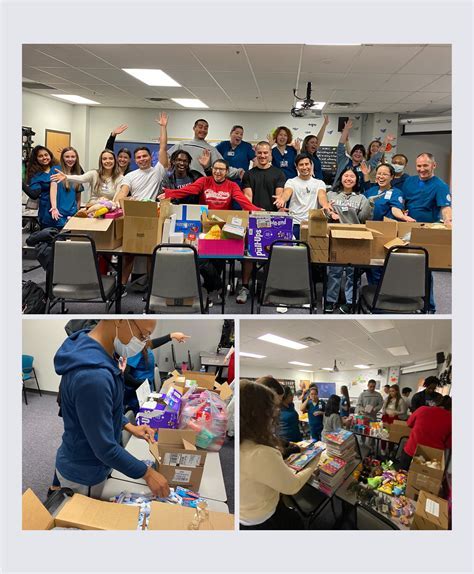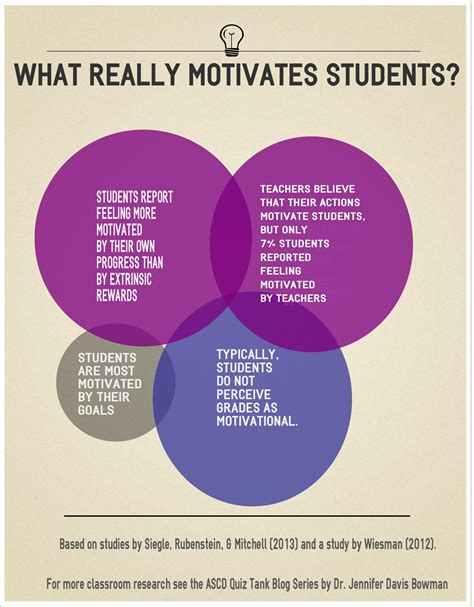In the bustling corridors of educational institutions, students embark on a lifelong journey of discovery and growth. However, amidst the pursuit of knowledge, a persistent challenge lingers: waning motivation and dwindling engagement. Understanding the intricate workings of the student mind is paramount to fostering a vibrant and effective learning environment.

Motivation: The Driving Force
Motivation, the psychological catalyst that propels individuals towards action, plays a crucial role in shaping student success. At its core, motivation is fueled by the interplay of internal and external factors.
Internal Factors:
- Personal Interests: Students are naturally drawn to subjects that align with their passions and aspirations.
- Goal-Setting: Setting achievable goals provides students with a sense of purpose and direction.
- Self-Efficacy: A belief in one’s abilities to accomplish tasks fosters motivation and perseverence.
External Factors:
- Teacher Support: Supportive and engaging educators can inspire students and cultivate their enthusiasm for learning.
- Peer Influence: Collaboration and competition with peers can foster healthy academic rivalry and motivation.
- Societal Expectations: The expectations and values instilled by society can influence students’ aspirations and drive their motivation.
Engagement: The Art of Immersion
Engagement, the active and attentive participation in learning activities, is essential for maximizing knowledge acquisition and retention. A multitude of factors contribute to student engagement:
Cognitive Factors:
- Challenge: Students are more engaged when presented with tasks that challenge their abilities without overwhelming them.
- Relevancy: Connecting learning materials to real-world applications and student experiences enhances engagement.
- Curiosity: Fostering an environment that encourages questioning and exploration sparks students’ curiosity and drive for knowledge.
Emotional Factors:
- Enjoyment: When students find learning enjoyable, they are more likely to engage in the process.
- Belonging: Creating a sense of belonging and community within the classroom promotes engagement and motivation.
- Purpose: Students are more engaged when they perceive their learning as meaningful and connected to their future goals.
Delving into the depths of student motivations, educators can pinpoint specific pain points that hinder engagement. These include:
- Lack of Interest: Students may struggle to maintain motivation in subjects they perceive as irrelevant or uninteresting.
- Anxiety and Stress: Academic pressure and unrealistic expectations can create a sense of anxiety and stress, which can erode motivation.
- Learning Disabilities: Cognitive and learning challenges can make it difficult for students to engage in learning activities and achieve academic success.
- Socioeconomic Factors: Disadvantaged students may face additional barriers to motivation and engagement, such as limited resources and familial challenges.
Educators possess the power to foster unwavering motivation and intense engagement in students by implementing research-based strategies.
Motivational Strategies:
- Personalized Learning: Tailor instruction to students’ individual interests, learning styles, and abilities.
- Goal Setting: Help students set realistic and attainable academic goals, providing regular feedback and support.
- Positive Reinforcement: Recognize and reward students’ efforts, successes, and positive behaviors.
- Growth Mindset: Foster a culture of continuous learning and encourage students to view challenges as opportunities for growth.
Engagement Strategies:
- Active Learning: Engage students in hands-on activities, experiments, and projects that stimulate curiosity and foster knowledge retention.
- Technology Integration: Leverage technology to enhance learning experiences, provide access to diverse resources, and promote collaboration.
- Collaborative Learning: Create opportunities for students to work together, share ideas, and learn from one another.
- Differentiated Instruction: Adjust teaching methods and materials to cater to the learning needs of all students, ensuring engagement and success.
Through the lens of “connectology,” we can reimagine learning as an interconnected web of ideas, experiences, and resources. This innovative approach enables us to generate novel applications that enhance student motivation and engagement:
- Personalized Learning Pathways: Create customized learning paths that allow students to explore topics and skills based on their interests and goals.
- Gamification: Incorporate game elements into learning activities to make them more engaging and fun.
- Virtual Reality (VR) and Augmented Reality (AR): Use these immersive technologies to provide students with interactive and experiential learning opportunities.
- Social Media Integration: Leverage social media platforms to connect students with peers, mentors, and experts in their fields of interest.
| Pain Point | Cause | Impact |
|---|---|---|
| Lack of Interest | Irrelevant or uninteresting curriculum | Low motivation, poor engagement |
| Anxiety and Stress | Academic pressure, unrealistic expectations | Reduced attention, decreased motivation |
| Learning Disabilities | Cognitive and learning challenges | Difficulty in engaging with learning materials |
| Socioeconomic Factors | Limited resources, familial challenges | Barriers to motivation and engagement |
| Motivational Strategy | Description | Benefits |
|---|---|---|
| Personalized Learning | Tailored instruction based on individual needs | Increased motivation, improved engagement |
| Goal Setting | Setting achievable academic goals | Provides direction, fosters motivation |
| Positive Reinforcement | Recognition and reward for effort and success | Enhances motivation, builds confidence |
| Growth Mindset | Encouraging a view of challenges as opportunities | Promotes resilience, fosters motivation |
| Engagement Strategy | Description | Benefits |
|---|---|---|
| Active Learning | Hands-on activities, experiments, and projects | Stimulates curiosity, enhances knowledge retention |
| Technology Integration | Leveraging technology to enhance learning | Provides access to diverse resources, promotes collaboration |
| Collaborative Learning | Opportunities for students to work together | Fosters engagement, improves communication skills |
| Differentiated Instruction | Adjusting teaching methods to student needs | Ensures engagement and success for all |
| Novel Application | Description | Benefits |
|---|---|---|
| Personalized Learning Pathways | Customized learning paths based on interests | Increased motivation, personalized learning |
| Gamification | Integration of game elements into learning | Enhanced engagement, fun learning experiences |
| Virtual Reality (VR) and Augmented Reality (AR) | Immersive learning experiences | Interactive and experiential learning |
| Social Media Integration | Connecting students with peers and experts | Fosters a sense of community, expands learning network |
-
How can I increase my motivation for studying?
– Identify your interests, set achievable goals, engage in active learning, and seek support from teachers and peers. -
What are some effective engagement strategies for students?
– Participate actively in class discussions, ask questions, collaborate with classmates, and explore learning materials beyond the textbook. -
How can educators address students’ learning disabilities?
– Provide differentiated instruction, use assistive technology, and offer individualized support and accommodations. -
What is the role of technology in enhancing student motivation and engagement?
– Technology can provide personalized learning experiences, foster collaboration, and offer access to diverse resources. -
How can I overcome anxiety and stress related to academic pressure?
– Practice relaxation techniques, engage in physical activity, set realistic goals, and seek support from trusted individuals. -
What is the importance of peer influence in student motivation?
– Peers can provide encouragement, support, and healthy academic competition. -
How can I develop a growth mindset?
-Embrace challenges, take risks, and view setbacks as opportunities for learning. -
What is the benefit of integrating social media into learning?
– Social media can connect students with experts, facilitate peer collaboration, and provide a platform for sharing knowledge.
